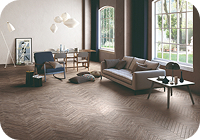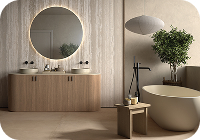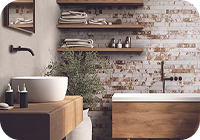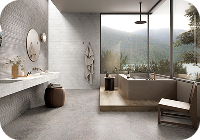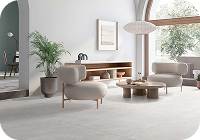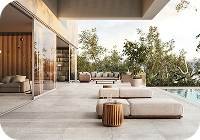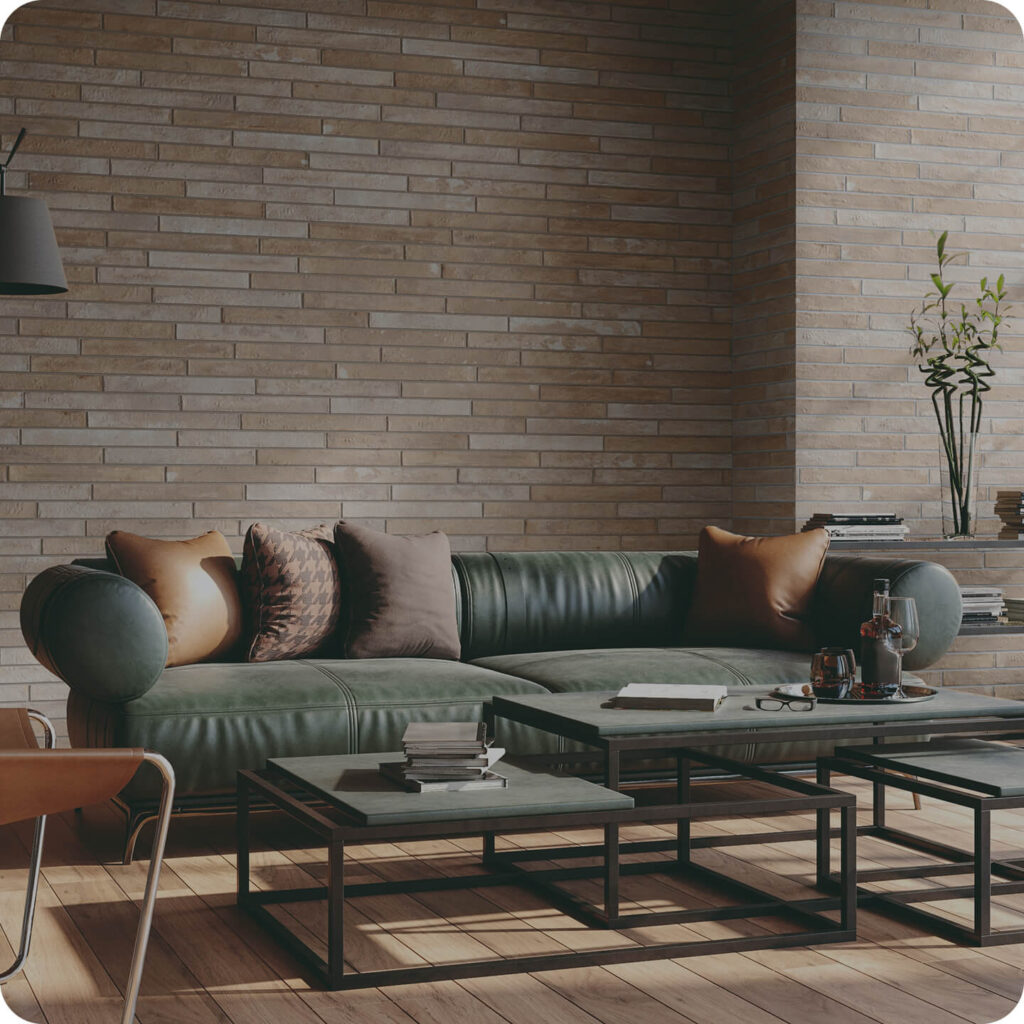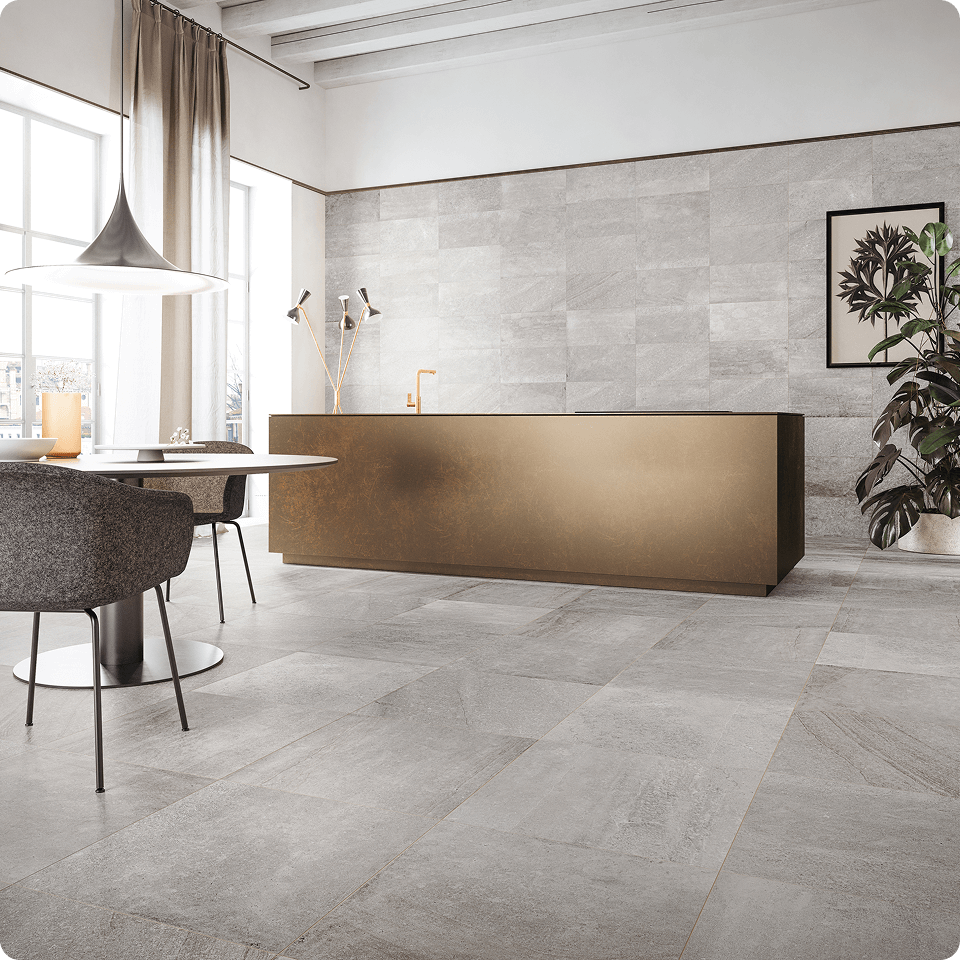Trending Architecture Ideas: Using Tiles to Create Functional and Stylish Spaces
Tiles aren’t just a surface solution; they’re a statement.
Are you sketching up a luxury build or reviving a commercial fit-out? In the hands of an architect or designer like yourself, the right tile can shape mood, control light, guide movement, and elevate the everyday.
At Up Spec Suppliers, you’ll find tiles that work just as hard as you do. Sleek, enduring, tactile, and trend-forward, our range is designed to support your creative process.
Let’s explore tile architecture ideas that blur the line between practicality and art, so you can design spaces as functional as they are unforgettable.
Why Tiles Are a Key Element in Modern Architecture
From the mid-20th century onwards, tiles haven’t just been for kitchens and bathrooms. Today, more than ever, they play a central role in architectural storytelling, helping define texture, tone, and spatial flow across residential, commercial, and public spaces.
The material diversity of tiles gives you freedom to work across styles and environments. Porcelain, ceramic, stone, and glass each have distinct finishes, performance profiles, and creative potential. Whether you’re after thermal efficiency, slip resistance, subtle cohesion, or a bold visual moment, there’s a tile for the job.
The material diversity of tiles gives you freedom to work across styles and environments. Porcelain, ceramic, stone, and glass each have distinct finishes, performance profiles, and creative potential. Whether you’re after thermal efficiency, slip resistance, subtle cohesion, or a bold visual moment, there’s a tile for the job.
Tiles also respond well to Australia’s climate. They’re durable, low-maintenance, and compatible with underfloor heating, making them an excellent choice for aesthetic impact and long-term performance.
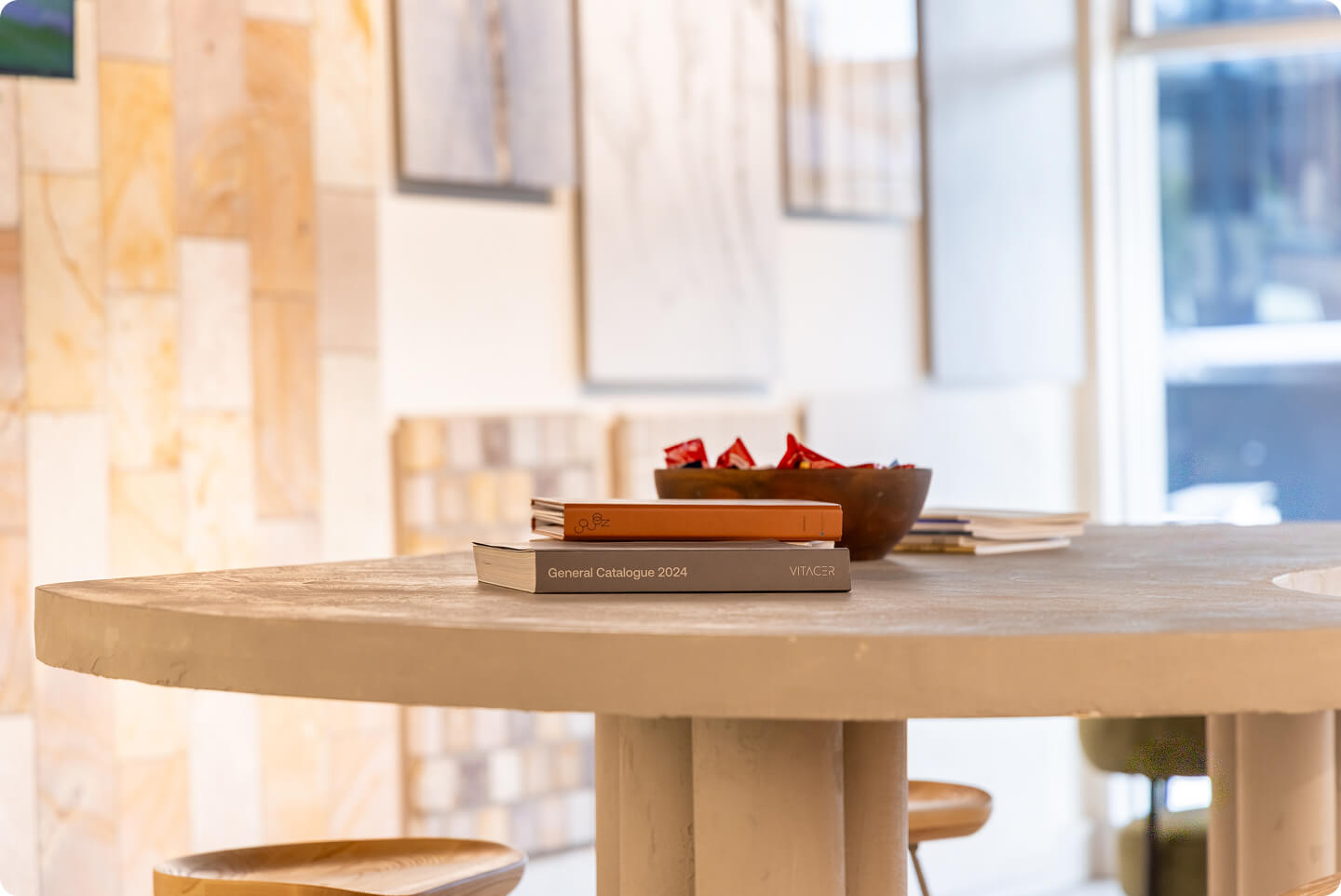
Creative Applications of Tiles in Architectural Design
What are some creative tile architecture ideas that go beyond the expected?
- Wall Cladding: Add texture, depth, or visual continuity to lobbies, facades, lift cores, and stairwells.
- Feature Walls: Create a striking focal point in entryways, living zones, or hospitality settings. Helps define spaces in open-plan layouts.
- Outdoors: Use tiles on patios, alfresco areas, pool surrounds, garden paths, or external building facades for durability and weather resistance.
- Furniture: Incorporate tiles into kitchen islands, bathroom vanities, benchtops, and custom joinery for a unique, integrated design finish.
- Fireplaces: Heat-resistant tiles don’t just handle the heat; they reflect and enhance the flicker of flames for a layered, atmospheric glow that draws the eye and anchors the room.
- Floor Zoning: Use tiles to visually divide open spaces, e.g. marking out dining, lounge, or retail areas without walls.
- Stair Risers: Adding detail to staircases with tiled risers creates rhythm and interest in transitional areas.
- Columns and Pillars: Wrap structural elements in tiles to turn them into design features rather than visual interruptions.
10 Tile Trends Shaping Architecture in 2025
Format and Layout Trends
- Large-Format Tiles: Oversized tiles on floors and walls create a seamless, uninterrupted surface that feels expansive and refined. They’re especially popular in open-plan layouts and commercial interiors.
- Geometric Shapes: Hexagon, diamond, scallop, and penny round tiles give structure and movement. These shapes offer a fresh take on patterning that plays well in both heritage renovations and modern builds.
- Patterns: Patterned tiles are making a comeback through hand-painted designs, digital prints, and clever laying techniques. Think checkerboard layouts, chevrons, and mosaics for rhythm and personality.
Surface and Texture Trends
- Textured Finishes: Tactile surfaces like fluted or ribbed interact with natural light in striking ways and bring dimension to otherwise flat surfaces.
- Natural and Raw Materials: Tiles that mimic or incorporate materials like marble, travertine, and concrete are in demand for their organic appeal. They add authenticity to both minimalist and rustic designs.
- Terrazzo Tiles: Terrazzo is evolving with chunkier aggregates, softer base tones, and unexpected colour combinations. It’s being used far beyond floors: in kitchens, bathrooms, and even façades.
Colour Trends
- Bold Colours: From emerald green to rich burgundy and deep blue, saturated tones are the go-to choice for making an impact without relying on pattern.
- Natural Tones: On the other end of the spectrum, soft, earthy hues, such as clay, sand, olive, and mushroom, are grounding spaces with a more calming palette. Perfect for spa-style bathrooms and wellness-focused spaces.
Detail and Finishing Trends
- Statement Shower Tiles: Showers are no longer blending into the background. Bold tile choices—whether through shape, contrast, or layout—are turning showers into standout features in both residential and hotel projects.
- Designer Grout: Grout doesn’t have to be hidden; it can be highlighted. Contrasting colours, metallic finishes, and ultra-thin or thick lines can outline shapes, accentuate layout, or create an unexpected design edge.
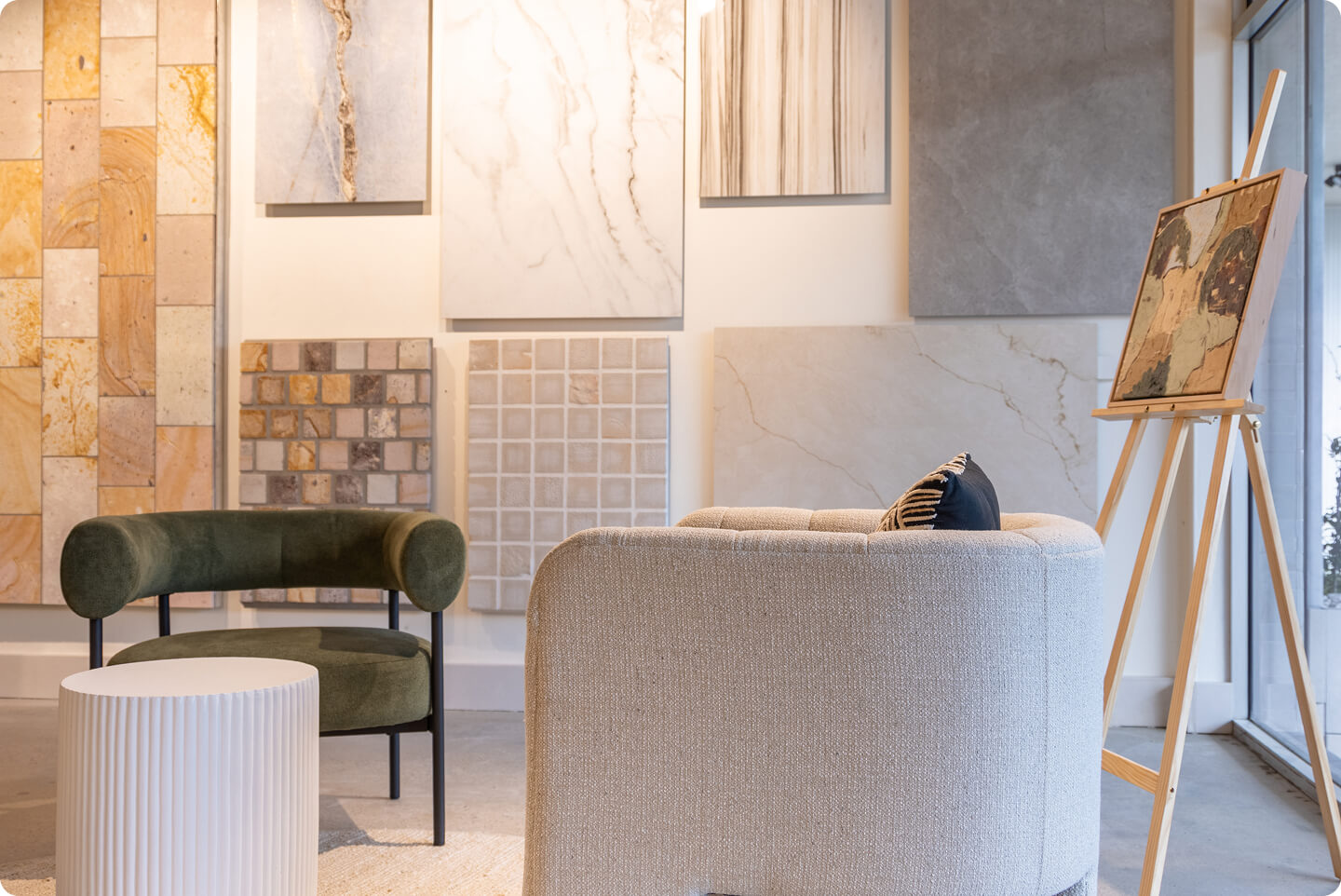
Sustainable Architecture Ideas: Using Eco-Friendly Tiles
Environmentally conscious consumers, developers targeting ESG (Environmental, Social, and Governance) benchmarks, and councils with sustainable procurement policies are all asking for more from their builds.
As demand for eco-friendly design grows, tiles made from recycled content and manufactured through low-impact processes are emerging as key players in the movement.
Sustainable Tile Materials
Tiles made from recycled glass, ceramics, or reclaimed stone reduce the need for virgin raw materials. Instead of ending up in landfill, these materials can be transformed into high-quality, durable surfaces.
Some tile collections also incorporate industrial by-products, like fly ash (a fine, powdery substance produced when coal is burned in power stations) or kiln dust, further diverting materials from the waste stream.
Sustainable Tile Manufacturing
Many brands now produce tiles in solar-powered facilities, use closed-loop water systems (water is captured, treated, and reused rather than discharged as waste), and adopt carbon-neutral manufacturing practices.
If you’re aiming for green certifications like Green Star or WELL, tiles manufactured sustainably will help you meet their strict material and environmental criteria.
Sustainable Tiles at Up Spec
You’ll find a growing selection of eco-friendly tile options at Up Spec Suppliers. From recycled-content mosaics to porcelain tiles produced via energy-efficient processes, our range supports your commitment to sustainability without limiting your creative scope.
How to Combine Functionality and Style with Tiles
Need inspiration?
- Start with the space’s purpose. High-traffic and wet areas like entryways, corridors, bathrooms, and kitchens need hard-wearing, low-porosity, and slip-resistant tiles.
- Think long-term maintenance. Choose tiles that will stand up to wear without demanding constant upkeep. Porcelain tiles, for example, are stain-resistant and easy to clean, making them ideal for kitchens, retail spaces, and hospitality venues.
- Use finishes strategically. Glossy tiles look sleek and sophisticated but can be slippery when wet, so they’re better suited to walls or decorative areas. Opt for matt, textured, or grip-rated floor finishes to combine safety with visual interest.
- Work with colour and scale to shape perception. Large-format tiles can visually expand small spaces. Lighter tones enhance natural light, while darker tiles can ground a space or add contrast. Select colours that suit the space’s colour palette and function—think darker tones in high-traffic areas to disguise wear
- Use layout and grout to define design. Tile layout patterns can create movement or structure. Grout colour, too, can shift the feel dramatically. Match the grout with the tiles to blend in, or contrast it to highlight shapes and lines.
- Select tiles that reflect the overall concept. Whatever the space, the tile should support the overall narrative. Balance visual impact with technical performance to create spaces that look as good as they live.
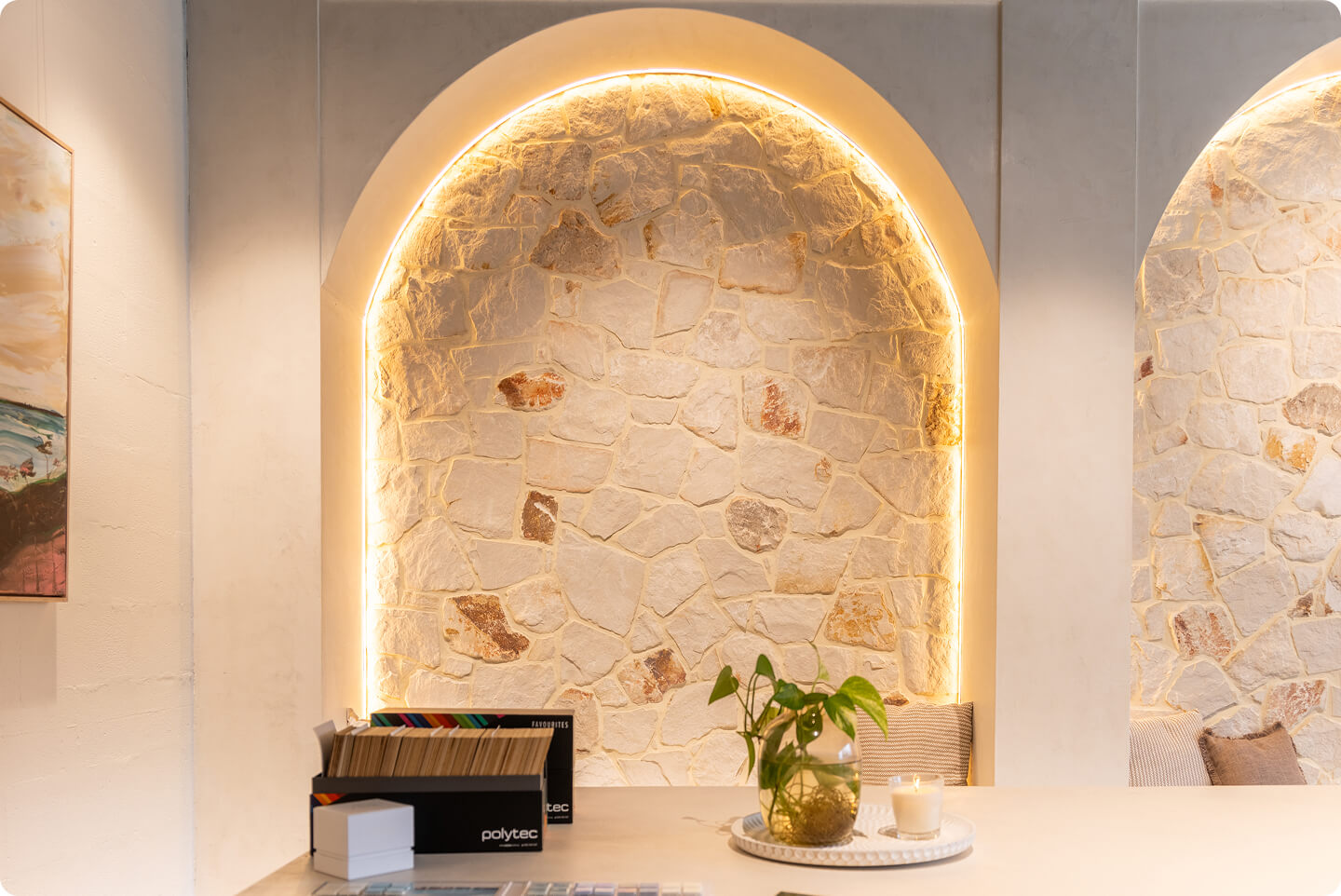
FAQs About Architecture Ideas
How Are Tiles Used in Modern Architecture?
Tiles are used for cladding walls, flooring, zoning open spaces, and adding texture or pattern to interiors and exteriors. They offer durability, low maintenance, and design flexibility across residential and commercial projects.
What Are the Latest Tile Trends for 2025?
In 2025, some tile trends focus on natural textures, earthy tones, and sustainable materials to create warm, inviting, and eco-friendly spaces.
Other popular tile trends feature bold colours, expressive patterns, and unconventional sizes to inject spaces with energy and personality.
Which Tiles Are Best for Outdoor Spaces?
Tiles with an R10, R11, P4, or P5 slip rating are ideal for safety in outdoor spaces. Porcelain or stone-look tiles with such ratings are weather-resistant and low in porosity, making them particularly good choices.
How Do I Choose the Right Tiles for My Project?
Consider the space’s function, slip and wear ratings, required maintenance, and your overall design goals. Match tile material, finish, and size to the demands of the environment and the look you want to achieve.
Bring Architecture Ideas to Life with Up Spec Suppliers
For tile architecture ideas that will hit the brief and impress your clients, we have the inspiration, products, and support you need.
When you’re ready for a tailored consultation or quote, get in touch by calling 0401 546 621 or filling out this online form.
And be sure to follow us on Instagram to see the latest architecture ideas for homes and commercial spaces!
